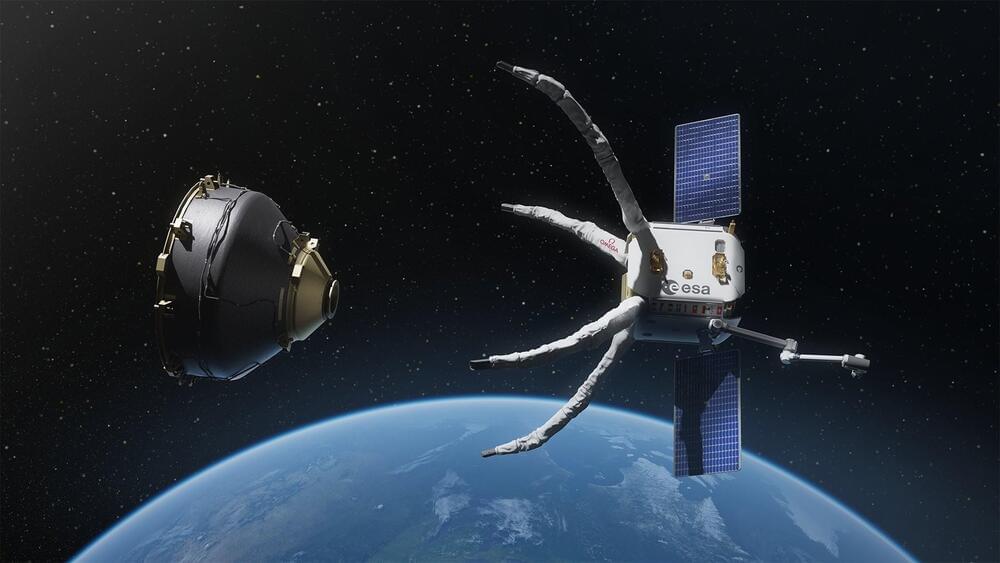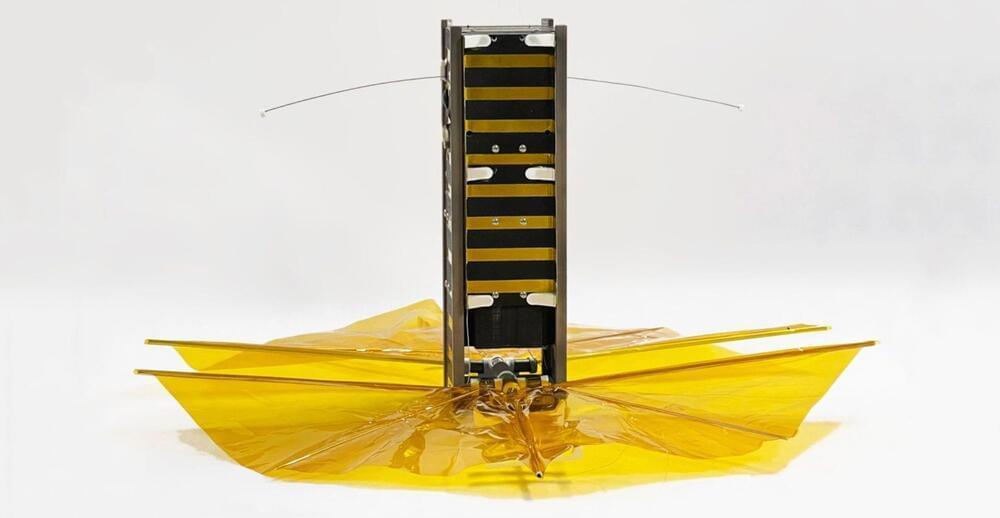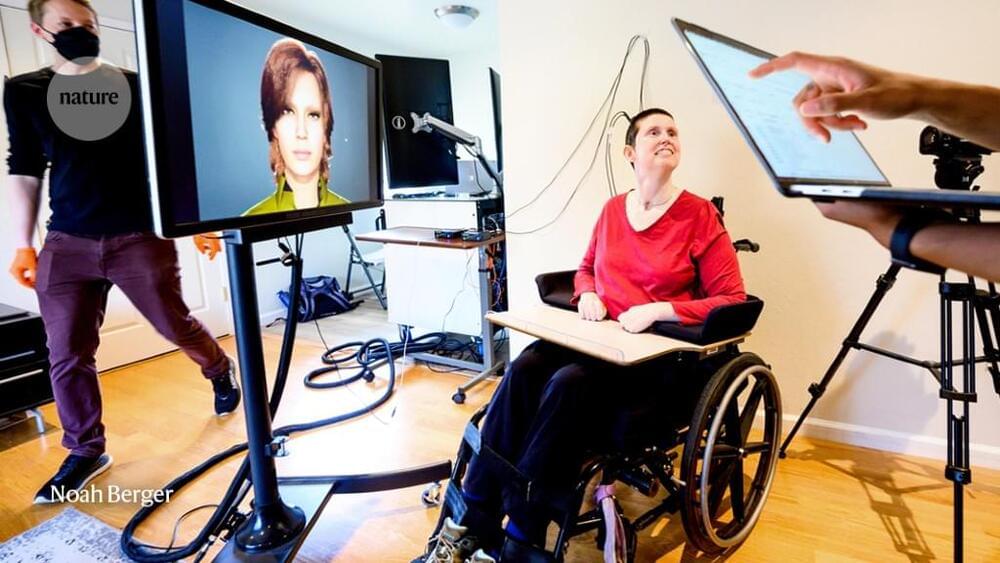A tailsitter is a special kind of fixed-wing aircraft that sits on its tail when it is on the ground and then tilts horizontally for forward flight.
In the ever-evolving world of aerial technology, MIT’s researchers have given wings to the brilliance of aircraft design with their new algorithms for tailsitter drones. This breathtaking technology is enabling these aircraft to execute astounding acrobatics and challenging maneuvers, paving the way for futuristic applications in search-and-rescue, parcel delivery, and more.
MIT
Tailsitter Drones





